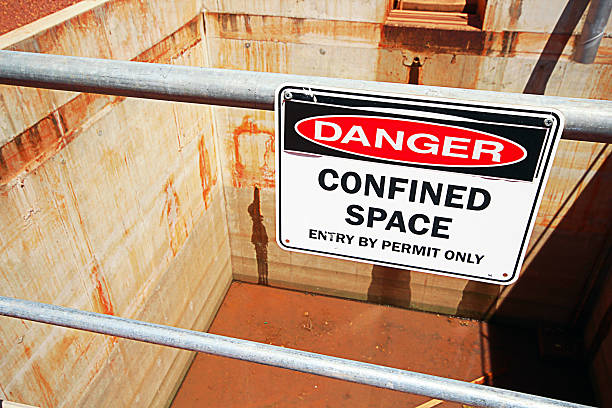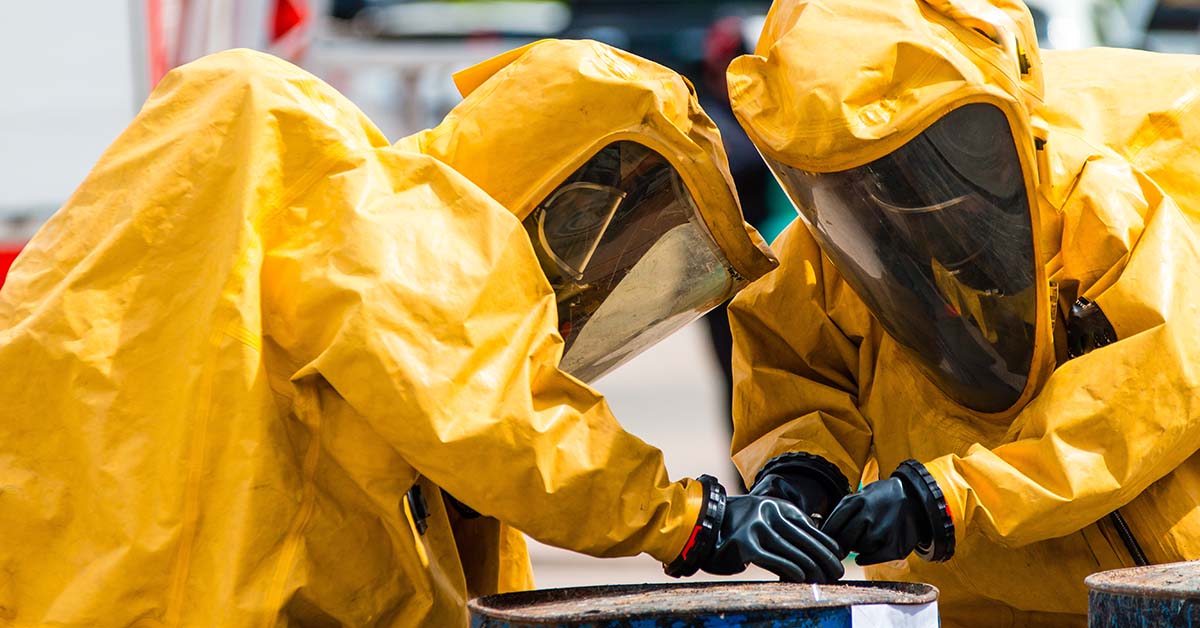Navigating Confined Spaces: The Key Elements of Effective Training
As a worker, you may be required to enter confined spaces as part of your job. Confined spaces are areas not designed for continuous occupancy and...
3 min read
McKenzie Swisshelm
:
May 21, 2023 8:29:44 PM

As a worker, you may be required to enter confined spaces as part of your job. Confined spaces are areas not designed for continuous occupancy and have limited means of entry and exit. While these spaces may be necessary for certain types of work, they can also be extremely hazardous. That's why workers need to receive effective training to navigate these spaces safely. This article will discuss the key elements of effective confined space training.
Before discussing the key elements of confined space training, it's essential to understand what confined spaces are and the hazards they present. A confined space is defined as an area that:
Examples of confined spaces include storage tanks, silos, pipelines, sewers, and underground vaults. These spaces can present a variety of hazards, including:
The Occupational Safety and Health Administration (OSHA) has established standards for working in confined spaces in response to these hazards. OSHA's Confined Spaces Standard applies to any space that meets the definition of a confined space and poses a hazard to workers. The standard requires employers to evaluate the space and its hazards, develop and implement procedures for safe entry, and train workers entering confined spaces.
One of the most important aspects of the Confined Spaces Standard is the requirement for employers to classify confined spaces based on their hazards. Confined spaces are classified as either "permit-required" or "non-permit-required" based on the presence of certain hazards. Permit-required confined spaces contain or have the potential to contain a hazardous atmosphere or other serious hazards, such as the potential for engulfment. Non-permit-required confined spaces do not contain or have the potential to contain hazards capable of causing death or serious physical harm.
Effective confined space training should cover the following key elements:
One of the most critical aspects of confined space training is understanding the procedures for safe entry into the space. This includes obtaining the necessary permits and following established procedures for testing the space for hazardous gases and other hazards. Workers should also be trained to use the appropriate personal protective equipment (PPE) for the specific hazards present in the space.
Workers should be trained to identify and assess the hazards present in confined spaces. This includes understanding the risks associated with lack of oxygen, toxic gases, fire, explosions, and physical hazards. Workers should also be trained to recognize the signs and symptoms of exposure to these hazards.
Effective confined space training should include information on the appropriate PPE for the specific hazards present in the space. This may include respirators, protective clothing, and other equipment to protect workers from exposure to hazardous materials.
Workers should be trained on emergency response procedures for confined spaces, including evacuation and rescue techniques. This may include training on the use of specialized rescue equipment and techniques for removing workers from confined spaces in an emergency.
One effective way to reinforce the importance of confined space training is to review case studies of incidents in similar environments. These case studies can illustrate the hazards present in confined spaces and the importance of following established procedures for safe entry.
Employers must comply with OSHA's Confined Spaces Standard to ensure the safety of workers who enter confined spaces. Failure to comply with these regulations can result in serious injury or death. In addition, employers who violate OSHA's Confined Spaces Standard may be subject to fines and other penalties.
Effective confined space training is essential for the safety of workers who enter these spaces. Key elements of effective confined space training include:
Employers must comply with OSHA's Confined Spaces Standard to ensure the safety of workers who enter confined spaces.
Following these guidelines can help ensure workers are properly trained to navigate confined spaces safely and effectively.

As a worker, you may be required to enter confined spaces as part of your job. Confined spaces are areas not designed for continuous occupancy and...

As an employer, you are responsible for ensuring that your employees are safe and healthy in the workplace. One way to ensure that your employees are...

Working at heights is unavoidable in many industries, including construction, maintenance, and telecommunications. However, with the increased risk...